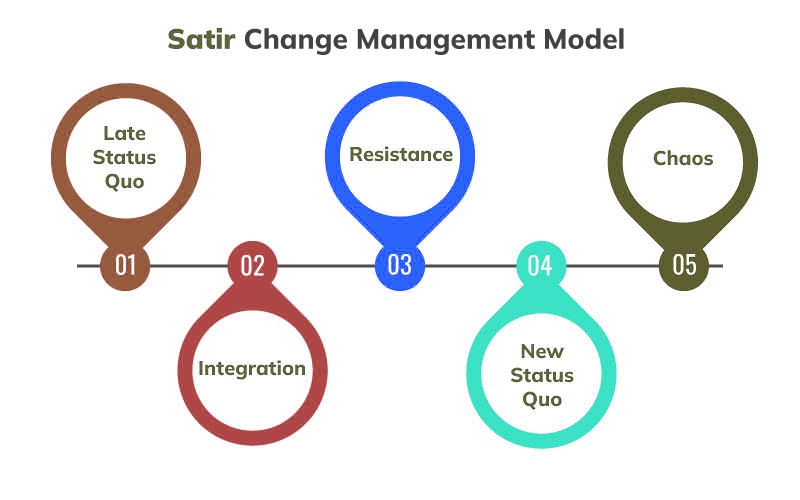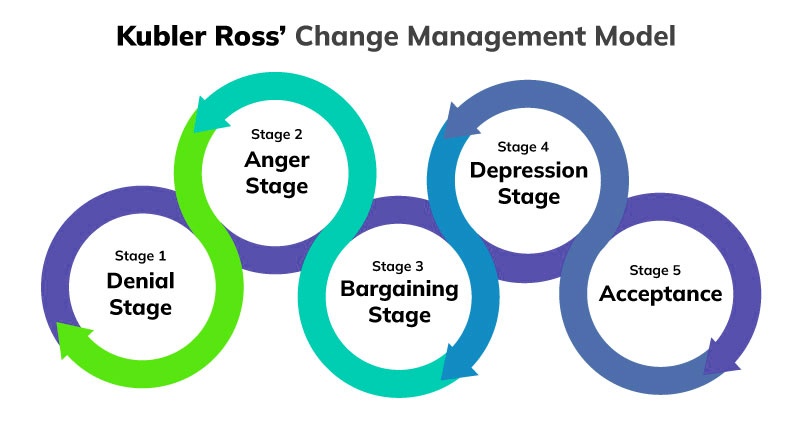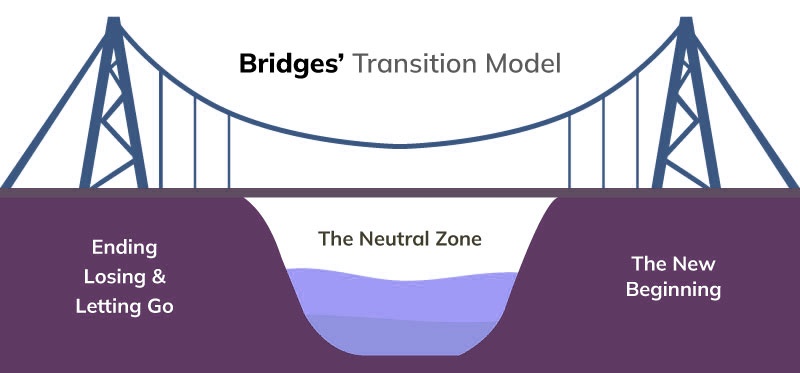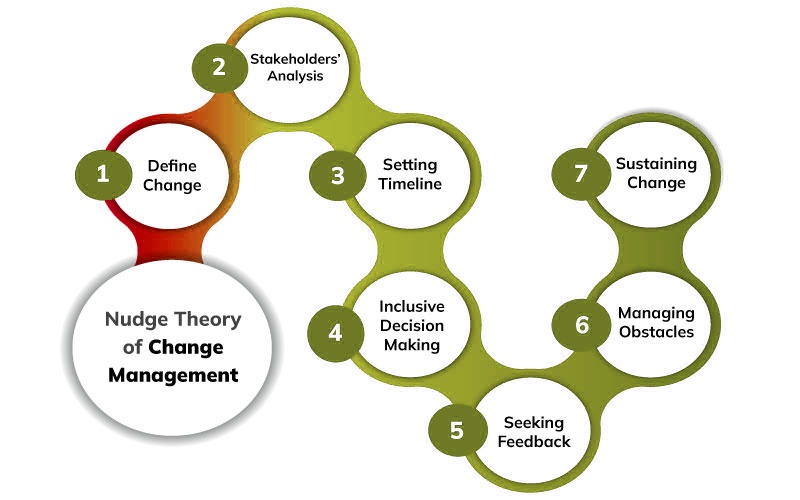Overview
In today's complex world, decision-makers often face situations where they must consider multiple criteria and alternatives before arriving at a choice. Multi-Criteria Decision Analysis (MCDA) is a powerful methodology designed to address such complexities by providing a structured framework for evaluating and prioritizing alternatives based on multiple criteria. In this blog, we'll delve into the intricacies of Multi-Criteria Decision Analysis, exploring its principles, steps, and diverse applications across various domains.
Table of Contents
Understanding Multi-Criteria Decision Analysis (MCDA)
Multi-Criteria Decision Analysis (MCDA) is a decision-making approach that enables stakeholders to systematically assess and compare alternatives against multiple criteria or objectives. Unlike traditional decision-making methods that focus on single criteria, MCDA acknowledges the multidimensional nature of decision problems and allows decision-makers to incorporate diverse perspectives and preferences into the evaluation process.
Key Components of Multi-Criteria Decision Analysis
Criteria: Criteria represent the factors or dimensions that decision-makers use to evaluate alternatives. These criteria can be quantitative or qualitative and may include aspects such as cost, time, quality, risk, environmental impact, and stakeholder preferences.
Alternatives: Alternatives are the different options or courses of action available for consideration. These alternatives compete against each other based on how well they perform across the specified criteria.
Weights: Weights represent the relative importance or priority assigned to each criterion. Decision-makers assign weights based on the perceived significance of each criterion in achieving the overall objectives of the decision.
Scoring: Scoring involves assessing and quantifying the performance of each alternative with respect to each criterion. This may involve numerical ratings, scores, or rankings assigned by experts or stakeholders based on predefined scales.
Aggregation: Aggregation combines the scores or ratings for each alternative across all criteria to generate an overall evaluation. Various aggregation methods, such as weighted sum, weighted product, or outranking methods, can be used to aggregate scores and rank alternatives.
Steps of Multi-Criteria Decision Analysis (MCDA)
Problem Formulation: Define the decision problem and establish the criteria and objectives that will guide the evaluation process. Clarify the decision context, stakeholders' preferences, and constraints to ensure a comprehensive understanding of the problem.
Criteria Weighting: Determine the relative importance of each criterion by eliciting preferences from stakeholders or using analytical techniques such as pairwise comparisons, analytical hierarchy process (AHP), or swing weighting.
Alternative Evaluation: Evaluate each alternative against the defined criteria, assigning scores or ratings based on the extent to which they satisfy each criterion. Ensure consistency and objectivity in the evaluation process by involving multiple stakeholders and using transparent methodologies.
Aggregation and Ranking: Aggregate the individual scores or ratings for each alternative across all criteria to generate overall scores. Rank the alternatives based on their aggregated scores to identify the most preferred options.
Sensitivity Analysis: Conduct sensitivity analysis to assess the robustness of the decision results to variations in criteria weights or scores. Identify critical factors that may influence the ranking of alternatives and explore scenarios to understand their implications.
Decision-Making and Implementation: Use the results of the MCDA to inform decision-making and select the preferred alternative(s). Develop an action plan for implementing the chosen option(s) and monitor their performance over time.
Applications of Multi-Criteria Decision Analysis (MCDA)
Project Selection and Prioritization: MCDA helps organizations prioritize projects or investments based on criteria such as cost, time, risk, and strategic alignment. It facilitates resource allocation and ensures that projects align with organizational goals.
Policy Analysis and Evaluation: Governments and policymakers use MCDA to assess policy options and evaluate their impact on various social, economic, and environmental criteria. It supports evidence-based policymaking and stakeholder engagement.
Environmental Management: MCDA assists in evaluating and selecting environmental management strategies, such as land-use planning, waste management, and conservation initiatives. It considers ecological, social, and economic factors to promote sustainable decision-making.
Healthcare Decision-Making: In healthcare, MCDA aids in healthcare resource allocation, treatment prioritization, and healthcare policy development. It considers factors such as clinical effectiveness, cost-effectiveness, patient preferences, and population health outcomes.
Significance of Multi-Criteria Decision Analysis (MCDA)
Comprehensive Evaluation: MCDA enables decision-makers to consider multiple dimensions and stakeholders' preferences, leading to more comprehensive and informed evaluations.
Transparency and Stakeholder Engagement: MCDA promotes transparency by providing a structured and systematic approach to decision-making. It facilitates stakeholder engagement and consensus-building by incorporating diverse perspectives into the evaluation process.
Risk Management: MCDA helps identify and assess risks associated with alternative options, allowing decision-makers to make informed choices that mitigate potential risks and uncertainties.
Efficient Resource Allocation: By prioritizing alternatives based on multiple criteria, MCDA supports efficient resource allocation and optimization, leading to improved resource utilization and organizational performance.
Conclusion
In conclusion, Multi-Criteria Decision Analysis (MCDA) offers a robust framework for tackling complex decision problems with multiple criteria and alternatives. By systematically evaluating options based on diverse perspectives and preferences, MCDA empowers decision-makers to make more informed and strategic choices across various domains. Understanding and applying the principles of MCDA can lead to better decision outcomes, enhanced stakeholder engagement, and more sustainable solutions to complex challenges.













